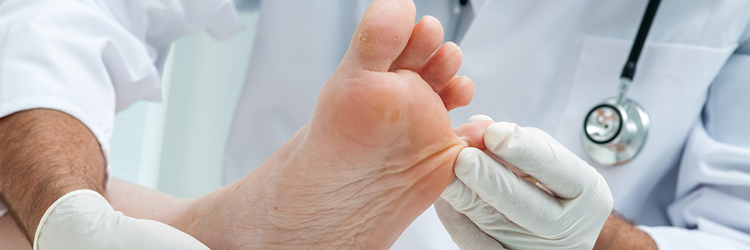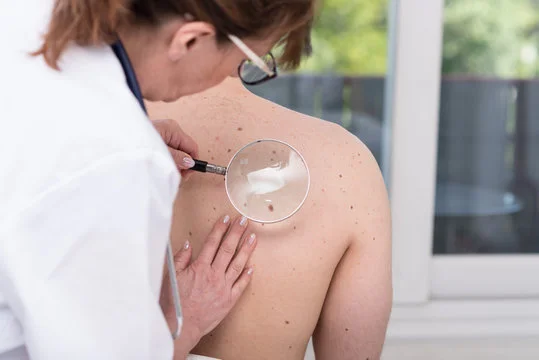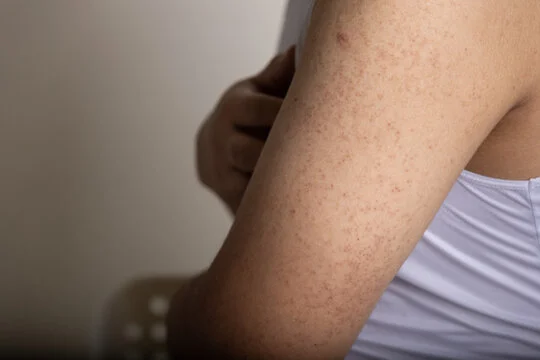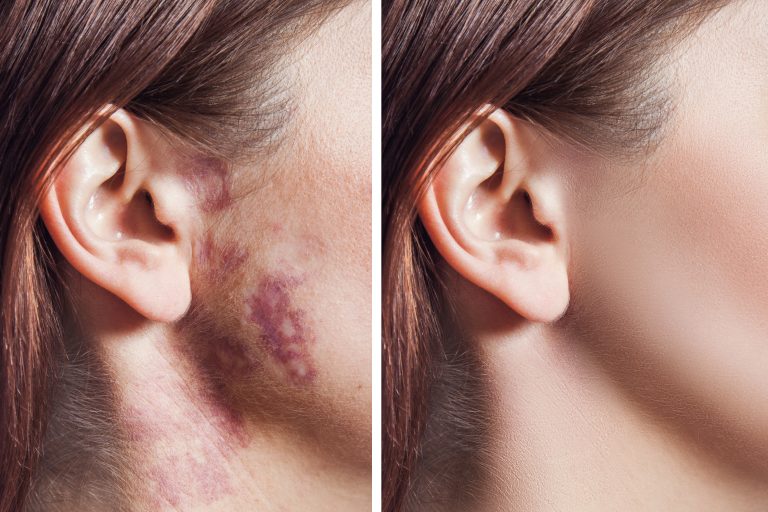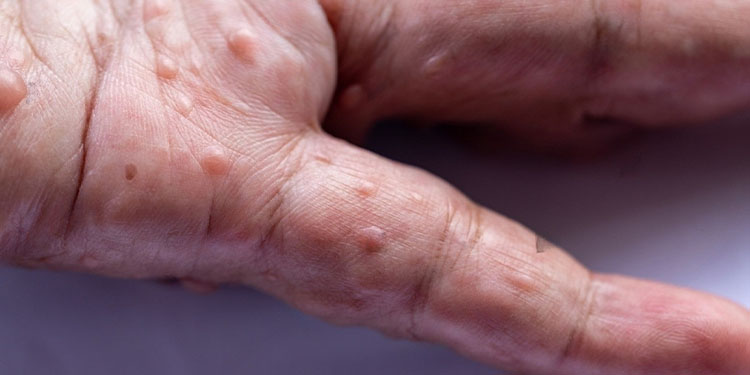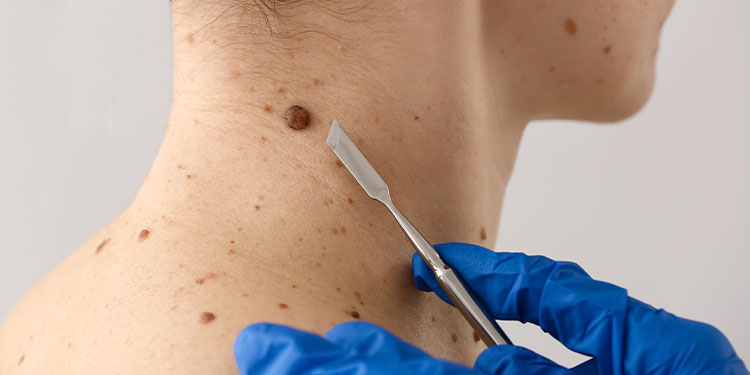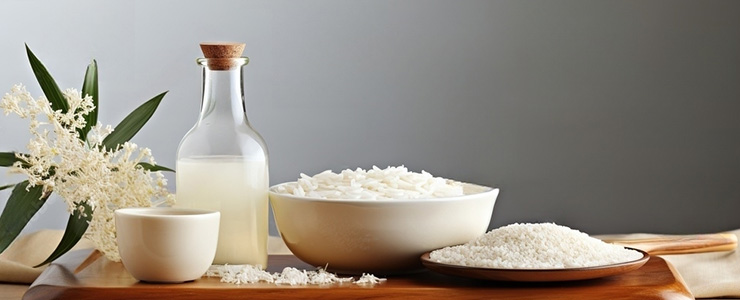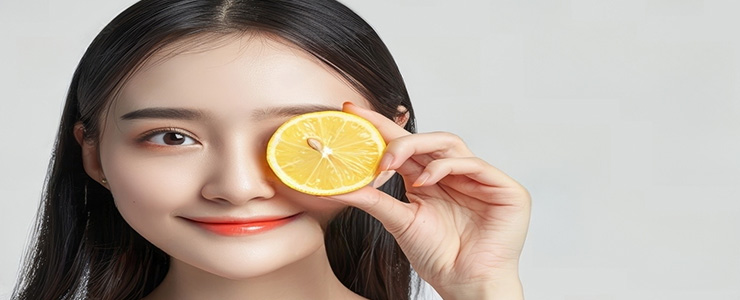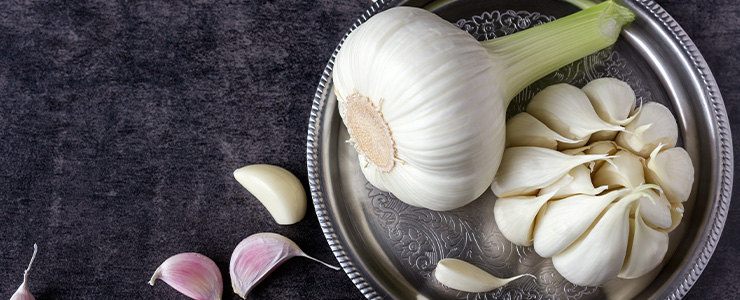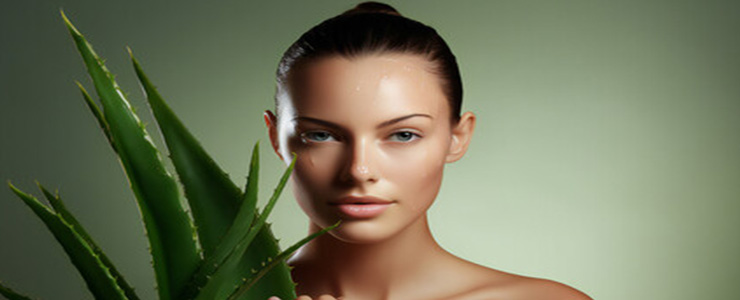
Basically, there are three different types of athlete’s foot:
- Toe web infection, usually occurring between 4th and 5th toes
- Moccasin type infection, usually occurring on the heel and bottom of your foot
- Vesicular type infection, usually occurring on the bottom of the foot
Causes and risk factors
Athlete’s foot is caused by dermatophytes, the fungi that inhabit dead skin layers and destroy keratin. As these fungi are anthropophilic, they prefer human hosts for their survival. The condition is most commonly caused due to T. mentagrophytes or Trichophyton rubrum, but can be caused due to Epidermophyton floccosum as well.
You have maximum chances of getting athlete’s foot, if:
- Keep your feet wet and dirty
- Wear shoes that cause more heat and sweat in your feet
- Walk barefoot in public places, like locker rooms, gyms and community showers, where fungal infections can easily spread
- Share socks, shoes and towels with others
- Come in contact with another person who has a fungal infection on his skin
Other than these, people with weak immune system, and those with health conditions like diabetes are more susceptible to develop athlete’s foot.
Treatment options
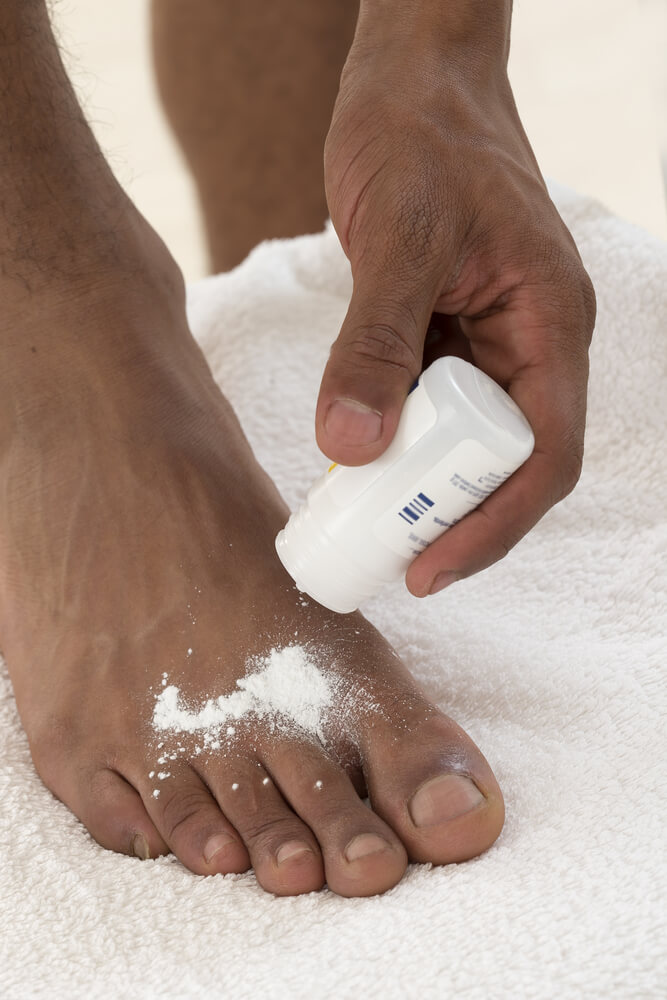
Prevention
- Guys who workout are vulnerable and since the fungus thrives in warm, wet places, like the floors of gym locker rooms. So, apply antifungal powder on your feet at all times, and never move around barefoot.
- Keep your toenails clean and clipped short.
- Sun exposure of contaminated clothes is effective in lowering the contamination rate. So, never wear each other’s socks and shoes, and expose your feet to sunlight to keep them dry and clean [4].
Other than these, always wear breathable shoes or sandals, change your socks two times a day, allow your shoes to air before you wear them again, and never walk barefoot in public showers and pools. With these steps, you can prevent an athlete’s foot from occurring, and lead a healthy, active life for a long.

